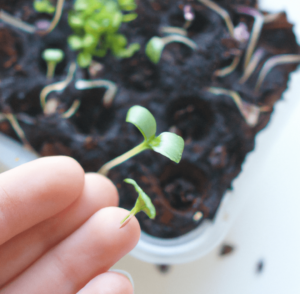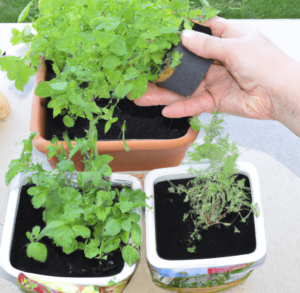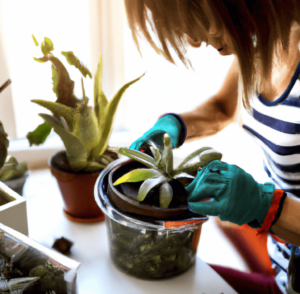Gardening is a popular hobby that allows individuals to connect with nature, relax, and grow their own fruits, vegetables, and flowers. While traditional gardening involves cultivating plants in a horizontal space, such as a backyard or a raised bed, vertical gardening offers an alternative method for growing plants upward. Vertical gardens, also known as living walls or green walls, are an increasingly popular trend that allows individuals to make use of vertical spaces in their homes or outdoors to cultivate plants.
In this article, we will explore the concept of vertical gardening and its benefits, as well as provide tips on how to create a vertical garden. We will also discuss the types of plants that are suitable for vertical gardening and the different materials and techniques that can be used to support climbing plants.
Maximizing Space with Vertical Gardens
One of the main benefits of vertical gardening is the ability to make use of limited space. Vertical gardens, green walls, and living walls allow individuals to cultivate plants in a small area, such as a balcony or a wall, rather than taking up valuable horizontal space. This makes vertical gardening an ideal solution for urban dwellers who may not have access to a traditional garden plot.
Vertical gardens are also suitable for individuals who want to add a splash of greenery and color to their indoor or outdoor spaces. A vertical garden can be a striking feature on a wall or fence, and the plants can be arranged to create a visual impact.
In addition to saving space, vertical gardens can also help to create a sense of privacy and separation between different areas. For example, a vertical garden can be used to screen a patio or outdoor seating area from the street or neighbors.
There are many types of plants that are suitable for vertical gardens, including flowering plants, herbs, and small vegetables. Some popular choices include trailing plants such as ivy, ferns, and vines, as well as flowering plants like petunias and begonias. With careful planning and selection of plants, a vertical garden can provide a beautiful and functional addition to any space.
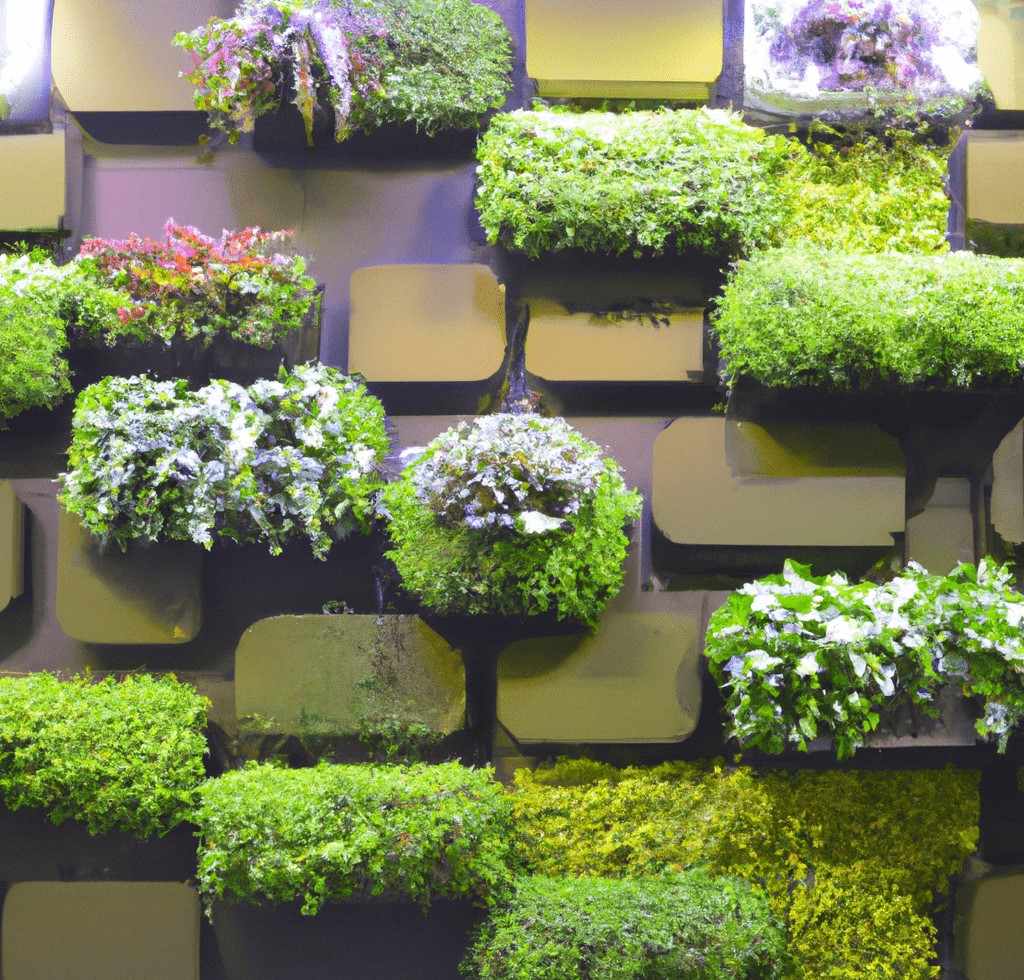
The Benefits of Vertical Gardening
Vertical gardening offers a number of benefits for those who enjoy growing their own plants. In addition to saving space, vertical gardens can also provide a number of other benefits for both the gardener and the environment.
One benefit of vertical gardening is the ability to grow a wide variety of plants. Vertical gardens can accommodate both flowering plants and edible plants, such as herbs, vegetables, and fruit. This allows individuals to cultivate a diverse range of plants in a small space, which can be especially useful for those who live in urban areas with limited outdoor space.
Vertical gardens can also be a more efficient way to grow plants, as the plants are grown in a vertical orientation and are therefore more easily accessible. This can make it easier for the gardener to care for the plants, as well as harvest the fruit and vegetables when they are ready.
In addition to the practical benefits, vertical gardening can also have a positive impact on the environment. Green walls and living walls can help to insulate buildings and regulate the temperature, as well as filter the air and reduce noise pollution. Vertical gardens can also provide habitat for pollinators and other beneficial insects, which can help to support local ecosystems.
Overall, vertical gardening is a creative and rewarding way to grow plants in a small space, while also providing numerous benefits for the gardener and the environment.
Creating a Vertical Garden
Vertical gardens, also known as green walls or living walls, are a creative way to grow plants in a small space. These gardens can be created using a variety of materials, such as wood, metal, or plastic, and can be mounted on a wall or a freestanding structure.
There are a few key considerations to keep in mind when creating a vertical garden. First, it is important to select the right location for the garden. Vertical gardens should be placed in an area that receives enough sunlight for the plants to thrive, as well as in a location that is protected from strong winds.
Next, choose the materials and tools needed for the garden. A vertical garden can be created using a variety of materials, such as hanging baskets, pots, or troughs. These containers can be attached to the wall using brackets, hooks, or other mounting hardware. It is also important to select the right plants for the garden, taking into account the amount of sunlight and water the plants will receive.
Once the garden is set up, it is important to provide proper care for the plants. This includes watering the plants regularly and providing adequate sunlight. It may also be necessary to prune the plants to promote growth and maintain the desired shape of the garden.
Overall, creating a vertical garden can be a fun and rewarding gardening project that allows individuals to make use of limited space and add a touch of greenery to their indoor or outdoor spaces.
Plants for Vertical Gardening
One of the key considerations when creating a vertical garden is selecting the right plants for the space. There are many types of plants that are suitable for vertical gardening, including flowering plants, herbs, and small vegetables. Some popular choices for vertical gardens include trailing plants such as ivy, ferns, and vines, as well as flowering plants like petunias and begonias.
It is important to choose plants that are suitable for the specific conditions of the vertical garden. This includes considering the amount of sunlight and water the plants will receive, as well as the size and shape of the garden. Some plants may be more suited to a vertical garden than others, depending on their growth habits and requirements.
Climbing plants are a great choice for vertical gardens, as they can be trained to grow up a wall or trellis. Some popular climbing plants for vertical gardens include sweet peas, clematis, and passionfruit. These plants can add a burst of color and provide a natural screen or privacy barrier.
Overall, there are many options for plants that can be used in vertical gardens, and it is important to choose plants that will thrive in the specific conditions of the garden. With careful planning and selection of plants, a vertical garden can be a beautiful and functional addition to any space.
Growing Plants in a Vertical Garden
Vertical gardening offers a unique and efficient way to grow plants in a small space. With careful planning and attention to the needs of the plants, it is possible to create a thriving vertical garden that is full of flowers, herbs, and even small vegetables.
One of the key considerations when growing plants in a vertical garden is selecting the right containers. Vertical gardens can be created using a variety of containers, such as hanging baskets, pots, or troughs. These containers should be sized appropriately for the plants and should have drainage holes to prevent excess water from accumulating.
It is also important to choose the right soil for the plants. Vertical gardens may have different soil requirements than traditional gardens, depending on the plants and the location of the garden. In general, it is best to use a soil mix that is well-draining and contains a balanced mix of nutrients.
Once the garden is set up and the plants are in place, it is important to provide proper care for the plants. This includes watering the plants regularly and providing adequate sunlight. It may also be necessary to fertilize the plants to promote growth and health.
Overall, growing plants in a vertical garden requires careful planning and attention to the needs of the plants. With the right approach, it is possible to create a thriving and beautiful vertical garden that adds a touch of greenery to any space.
Growing Vegetables in a Vertical Garden
Vertical gardening is a great way to grow a variety of plants in a small space, including vegetables. While some vegetables may be more suitable for vertical gardening than others, it is possible to grow a wide range of vegetables in a vertical garden with the right approach.
One key consideration when growing vegetables in a vertical garden is choosing the right containers. Vertical gardens can be created using a variety of containers, such as hanging baskets, pots, or troughs. It is important to choose containers that are sized appropriately for the vegetables and have adequate drainage.
It is also important to choose the right soil for the vegetables. In general, vegetables need a well-draining soil mix that contains a balanced mix of nutrients. It may be necessary to add compost or other organic matter to the soil to provide additional nutrients for the plants.
Once the garden is set up and the vegetables are in place, it is important to provide proper care for the plants. This includes watering the plants regularly and providing adequate sunlight. It may also be necessary to fertilize the plants to promote growth and health.
Overall, growing vegetables in a vertical garden requires careful planning and attention to the needs of the plants. With the right approach, it is possible to create a thriving and productive vertical garden that provides a fresh supply of vegetables for the home.
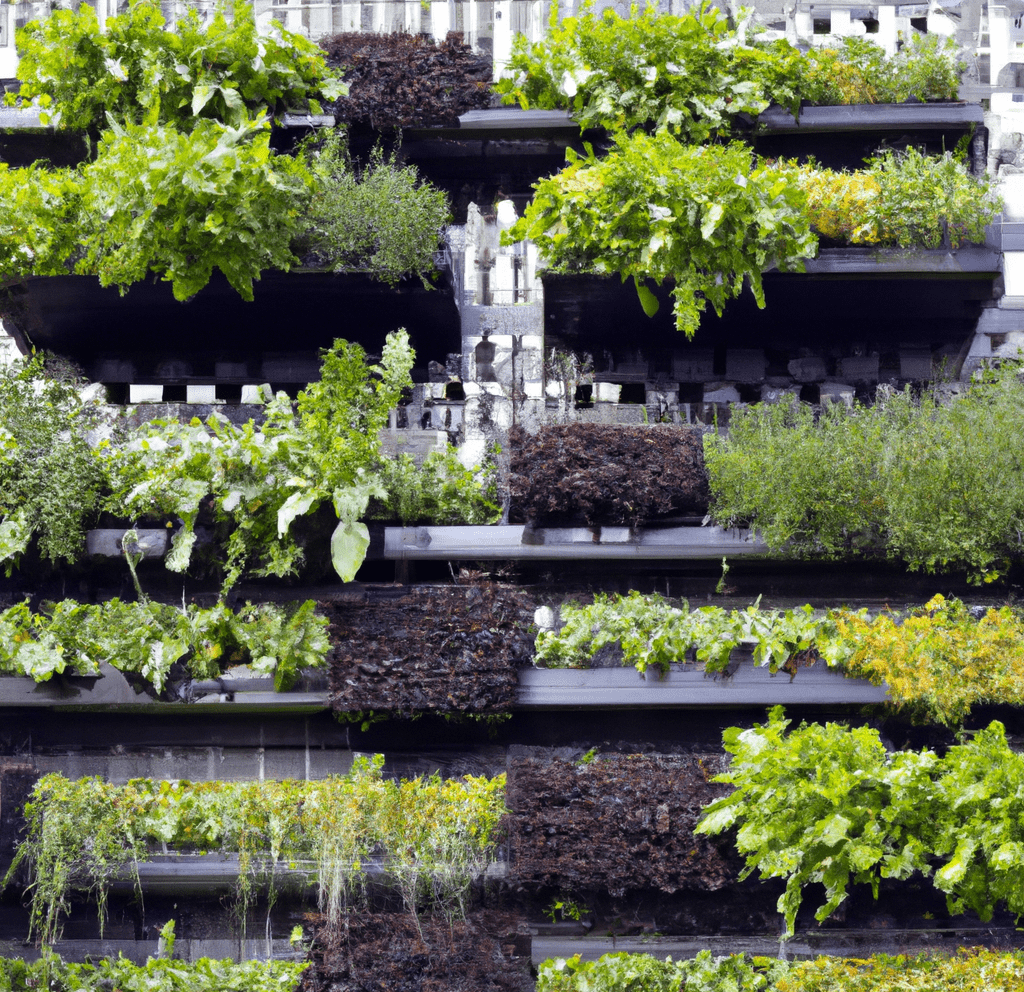
Planting and Maintaining a Vertical Garden
Vertical gardens, also known as green walls or living walls, are an increasingly popular trend that allows individuals to make use of vertical spaces in their homes or outdoors to cultivate plants. These gardens can be created using a variety of materials, such as wood, metal, or plastic, and can be mounted on a wall or a freestanding structure.
One of the key considerations when planting and maintaining a vertical garden is irrigation. It is important to provide the plants with sufficient water to support their growth and health. This may require installing an irrigation system, such as a drip system or a spray system, to deliver water to the plants on a regular basis.
In addition to irrigation, it is also important to consider the structure of the vertical garden. The plants in a vertical garden are grown in a vertical orientation, so it is important to choose the right materials and techniques to support the plants as they grow. This may include using trellises, wires, or other supports to keep the plants in place.
When choosing plants for a vertical garden, it is important to select species that are suitable for the specific conditions of the garden. This includes considering the amount of sunlight and water the plants will receive, as well as the size and shape of the garden. Some plants may be more suited to a vertical garden than others, depending on their growth habits and requirements.
Overall, planting and maintaining a vertical garden requires careful planning and attention to the needs of the plants. With the right approach, it is possible to create a thriving and beautiful vertical garden that adds a touch of greenery to any space.
Bottom Line: Vertical Gardening Offers Beneficial Method to Gardening
Vertical gardening is a method of growing plants in which the plants are grown upwards, rather than outwards, in a vertical plane. This can be done using a variety of methods, including trellises, stakes, and wall-mounted planters. Vertical gardening can be a great way to save space, especially in small gardens or urban environments, as it allows for plants to be grown in a more compact area. It can also be used to create a visual feature or to provide privacy. In addition, vertical gardens can help to improve air quality by absorbing carbon dioxide and releasing oxygen. Some common plants grown in vertical gardens include herbs, vegetables, and flowers. To successfully grow plants in a vertical garden, it is important to choose the right plants for the space, provide proper support and watering, and ensure that the plants receive enough sunlight.
If you’re interested in vertical gardening, you may also be interested in ruth stout gardening and the purpose of gardening.


